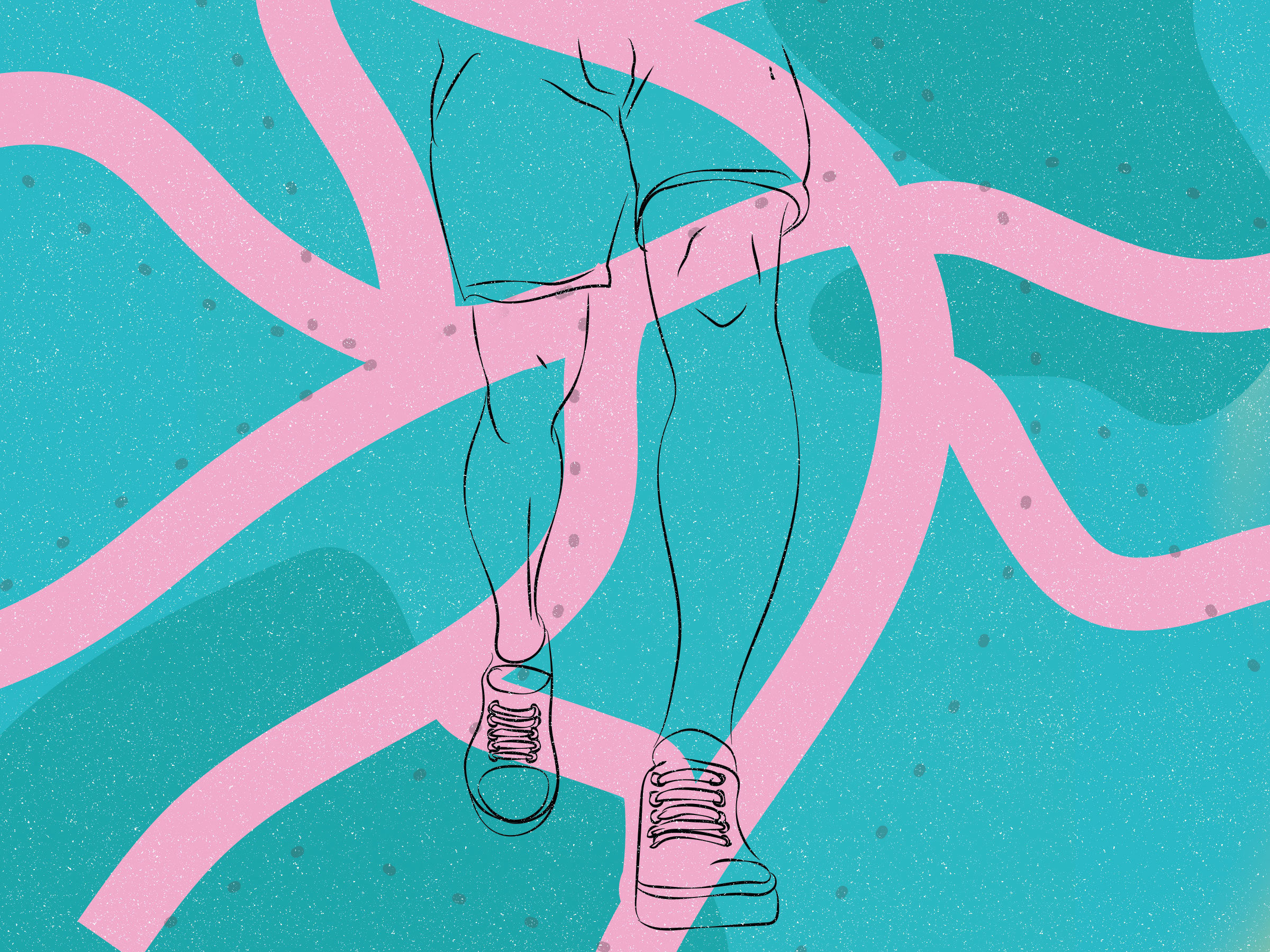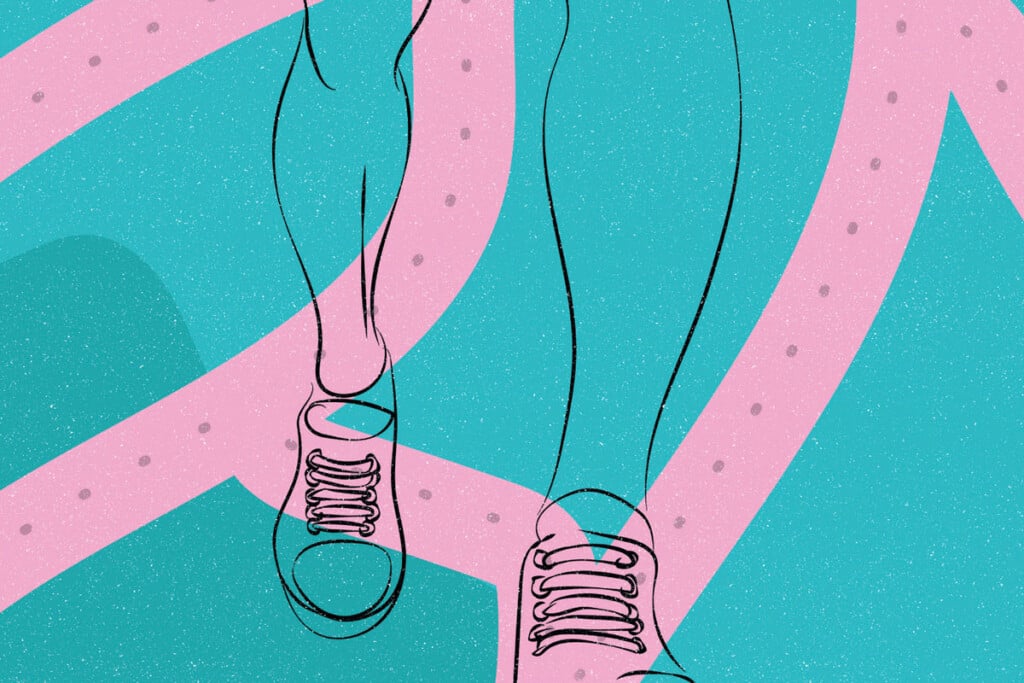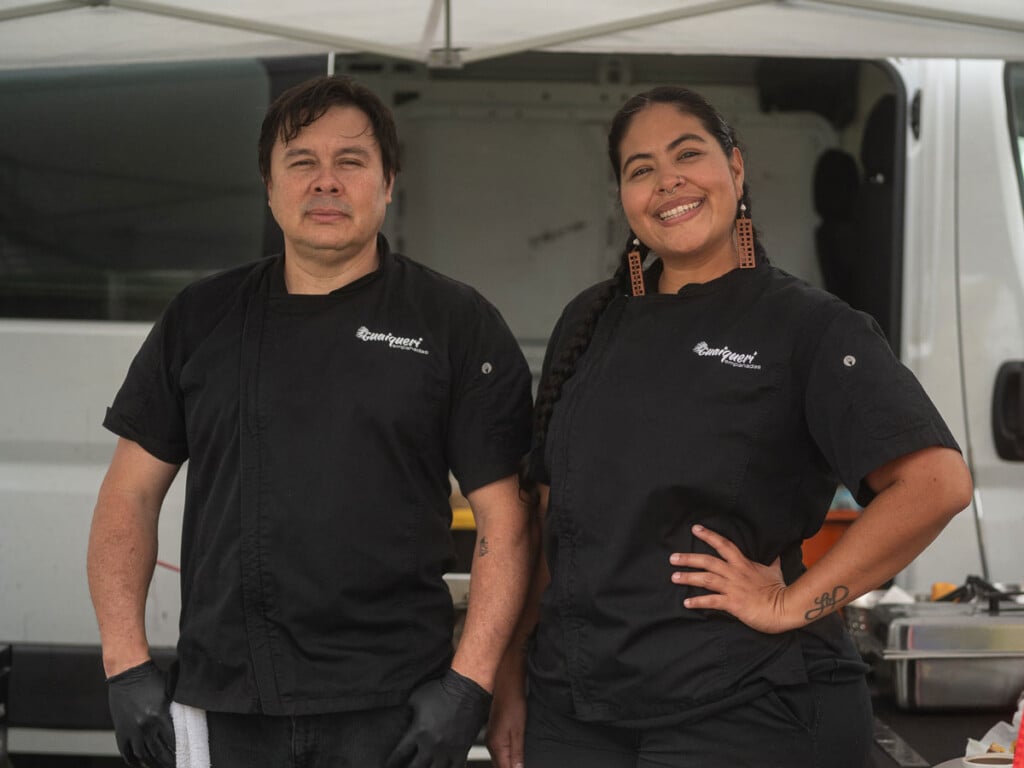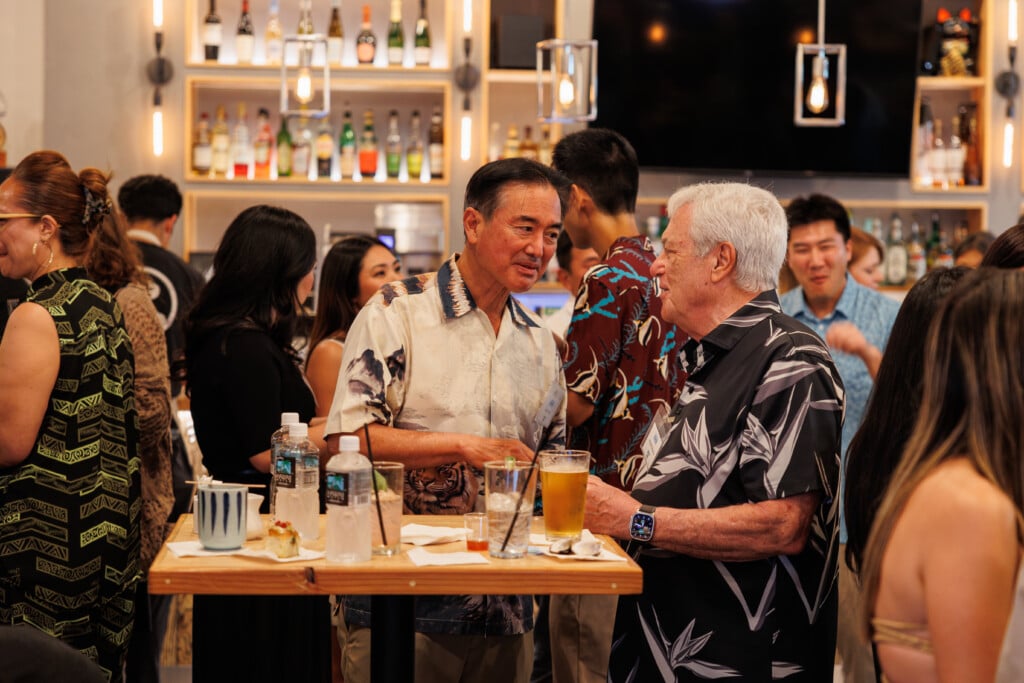One Step at a Time
Even just a little movement can increase your health and wellness dramatically.

It might sound too good to be true, but a walk a day can save your life. Along with helping you maintain a healthy weight, exercise can lower your blood pressure and reduce the risk of many chronic diseases and cancers, according to recent studies.
National Cancer Institute studies, for example, show that physical activity is linked to a 23% reduced risk of kidney (renal cell) cancer, one of the 10 most common cancers in Hawai‘i.
“Exercise is not just to burn calories,” says Dr. Jenny Satterberg, a family medicine physician and chief of the Straub Benioff Medical Center Mililani Town Center Clinic. When you exercise, “there’s a reduction in the risk of breast and colon cancer—that’s been well validated. But there’s also more evidence now that there’s a reduction of bladder cancer; endometrial cancer; esophageal cancer; and kidney, lung and stomach cancer. It’s pretty dramatic.”
For older adults especially, even small amounts of regular exercise can help prevent falls, the leading cause of injury and injury death among those over age 65.
A Little Goes A Long Way

“Going from zero to 10 minutes a week is still beneficial for your health.”
— Dr. Jenny Satterberg
It’s recommended for adults to get 150 minutes of moderate-intensity physical activity a week, 75 minutes of vigorous activity, or an equivalent combination of both, according to U.S. Department of Health and Human Services guidelines. Muscle-strengthening activities should also be performed at least two days a week. Yet in 2019, only about a quarter of Hawai‘i’s adults were active to that extent, with 55-to-64-year-olds exercising the least. (Only 22% of people in that age group exercised to that extent.)
For those not exercising enough, “there’s no step that’s too small,” says Satterberg, who is also certified in obesity medicine. Even 10 minutes of exercise a day is enough to make a noticeable difference, especially if you use the time strategically. For instance, if you take a short walk after dinner, it can help regulate blood sugar levels, which along with lowering blood pressure are two of the biggest benefits that Satterberg says she’s seen among patients who start exercising. She also points to increases in energy and decreases in pain.
“Going from zero to 10 minutes a week is still beneficial for your health. I usually mention the recommendation of 150 minutes, but then meet the patient where they are because if they’re not exercising at all, it can seem really overwhelming to go from nothing to 150 minutes.”
A lot of people may not know where to start, which is why personal training can be a boon—especially as a preventive health measure. Jon Nakasone, who co-founded Aloha Personal Training in 2018 with his wife, Candace, likens what they do to being swim coaches rather than lifeguards. “If you’re in the water and you’re drowning, obviously, you need a lifeguard. But if you take swim lessons and you learn how to swim, then the chances of you drowning are a lot less,” he says.
The folks at Aloha Personal Training’s Hawai‘i Kai studio usually see clients once or twice a week for 50-minute sessions, coaching them on not just physical fitness, but proper nutrition and sleep habits. Clients range from age 9 to 95, and many of them have been able to reduce medications that control blood pressure, bone density, blood sugar and cholesterol.
One client who was on seven different medications saw her health improve within days. Eventually, her doctors were able to eliminate five medications that she was taking for weight loss and the dosages on the other two were reduced, Nakasone says. “Pharmaceuticals are a powerful way to save your life. But as far as curing and preventing, I think holistic means of using natural foods and exercise and looking at your vitamin D through sun exposure and circadian rhythms—all the little intangibles—are far more effective than Western medicine counterparts.”
To achieve their health goals, Nakasone and Satterberg say that people should do things that make them happy. “I try to talk about it in the sense of just moving your body in a way that feels good to you and is enjoyable and fun for you,” Satterberg says.
The Mind-Body Connection
Making exercise fun can be motivating, and you’ll receive science-backed benefits thanks to the neurotransmitters and hormones that are released, research shows. Experts suggest 20 minutes of moderate activity to activate your endocannabinoid system, which works as a mood booster. Once you’ve established a consistent workout routine over a few weeks, exercise will feel rewarding, they say, thanks to dopamine. And if you exercise with others, you’ll get a boost of oxytocin, which promotes positive feelings, according to a Harvard Health review.
At Aloha Personal Training, Nakasone utilizes an app called Dōse Fitness, which stands for dopamine, oxytocin, serotonin and endorphins and suggests activities you can do daily to reap rewards. “When clients hit those four happy hormones, they just feel better. And when you feel better, you’re less stressed,” he says. “When we focus on that, then everything else kind of falls into place.” Clients who are happier also are more confident and have an easier time sticking to the program, he adds.
Satterberg sees the connection between movement and mood, too. “There’s really clear evidence that it decreases anxiety and depression,” she says. And certain types of movement can alter your brain in other ways: A recent UCLA Health study focused on postmenopausal women found that Kundalini yoga, which incorporates poses, breathwork and meditation, can help those at risk of developing Alzheimer’s disease by restoring neural pathways, preventing brain matter decline, and reversing aging and inflammation-associated biomarkers.
“There’s really strong evidence that a greater amount of physical activity reduces the risk of cognitive issues like dementia,” Satterberg says, adding that even if you don’t have dementia, exercise can improve your overall cognitive function.
A Personal Journey
Satterberg says it’s important for people to embrace physical activity not just as a necessary task or to lose weight. “I think if they adopt it as just a nonnegotiable kind of part of their life … it’s easier to incorporate.”
She herself participated in sports growing up, but after medical school, she says she didn’t feel like doing anything. She says she tried CrossFit, but it wasn’t right for her. In the past five years or so, she started doing yoga. “I really started appreciating it more because my body just feels so much better, and then I feel mentally so much better. Just the overall [aspect of] wellness is just like night and day; it’s so much better with exercise.” Now, she’s training for a marathon.

Resources
Kundalini O‘ahu opened on the second floor of Puck’s Alley in February, offering yoga, meditation, sound healing and ecstatic dance classes. kundalinioahu.com, @kundalinioahu
You can also find classes taught by the Kundalini Collective at Blue Lotus Kailua.
bluelotuskailua.com, @bluelotuskailua
There are plenty of free or low-cost ways to change up your fitness journey:
The City and County of Honolulu offers classes and activities such as pickleball, archery, volleyball, walking clubs and more. pros4.hnl.info
Most gyms have free trial periods. Try something new, like a Pilates Reformer class at Body Balance Hawai‘i, with no commitment (other than purchasing grippy socks). bodybalancehi.com, @bodybalancehawaii
Find out if your employer offers discounted fitness memberships such as through Active & Fit, where you pay one monthly price to get access to multiple gyms. activeandfit.com
Join a run club! Low-barrier ones like the Kaka‘ako Run Club (@kakaakorunclub) and O‘ahu Run Club (@oahu.runclub) are free to join, and they post updates on Instagram.
Download the Dōse Fitness app.
Truly anything goes:
- Gardening outside
- Playing with your kids
- Cleaning and housework
- Parking farther away or taking the stairs
- TikTok dances or just dancing to your favorite song
- The New York Times published an eight-minute “Joy Workout” video that incorporates movements inspired by joy that have also been shown to elicit joy in return, such as swaying and jumping, like at a concert.










